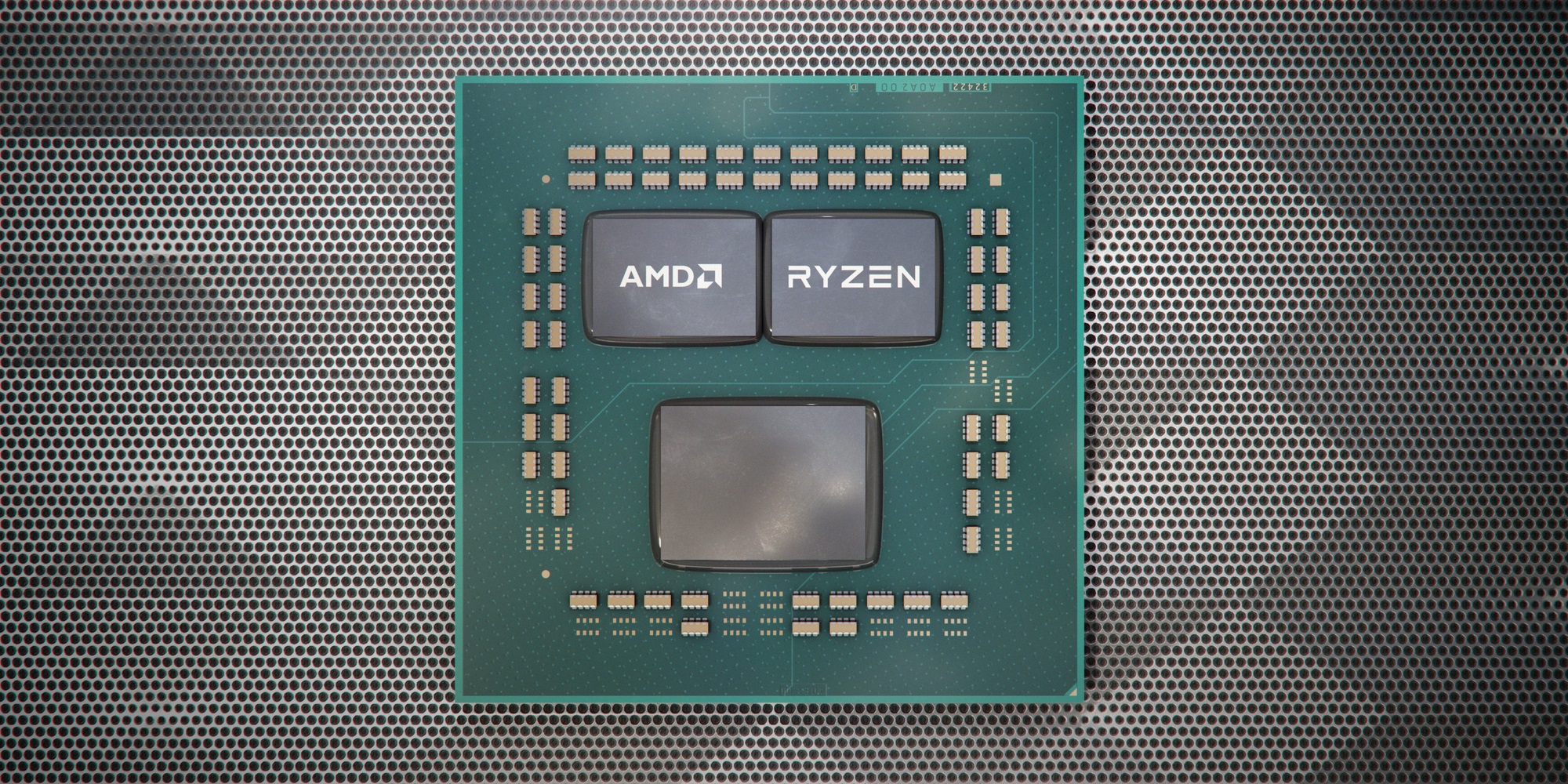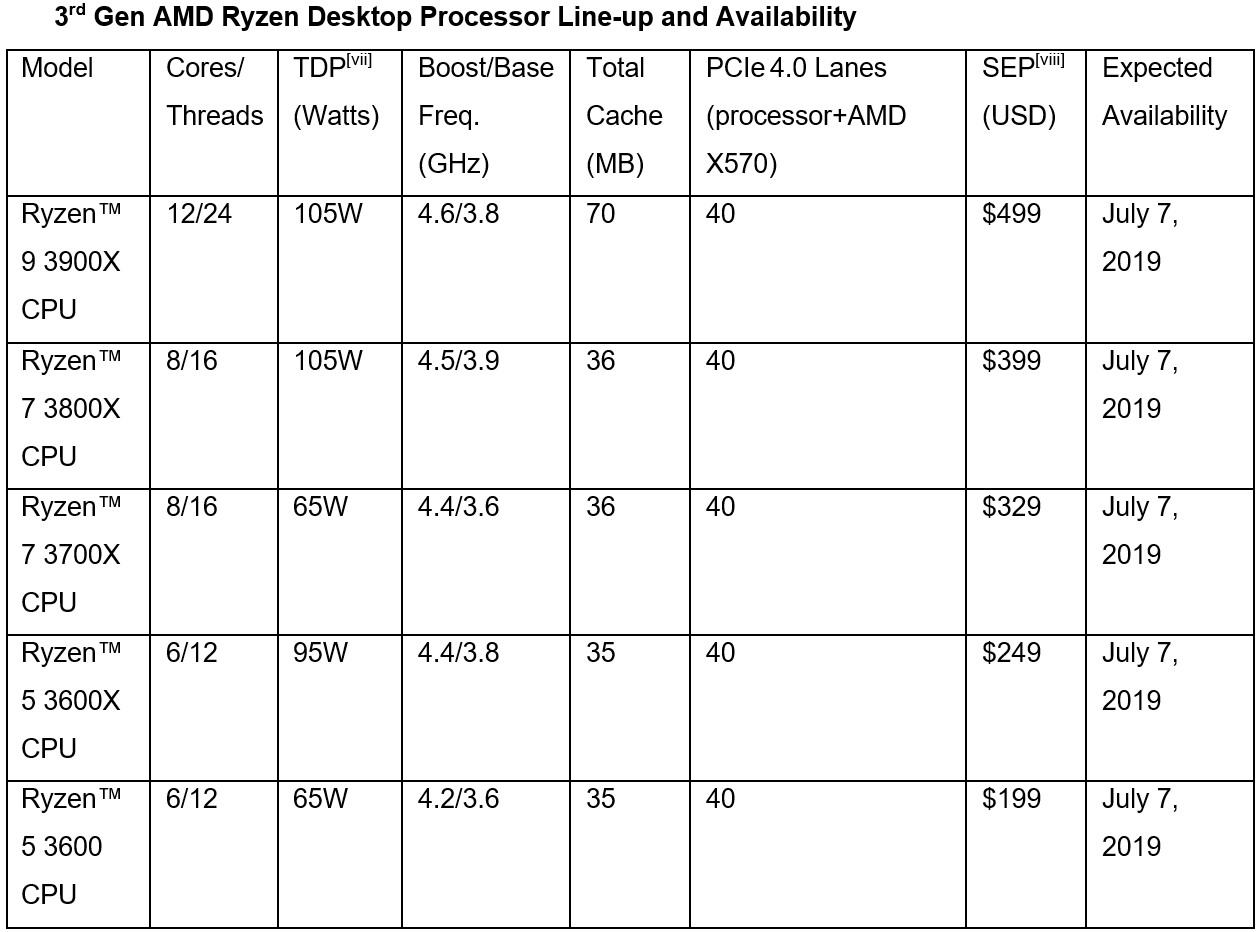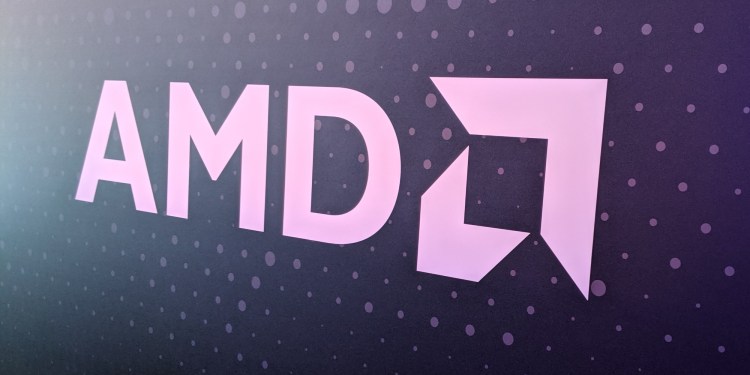Even though the Computex 2019 event in Taipei does not kick off until tomorrow (May 28), AMD got a preshow keynote. CEO Lisa Su used AMD’s first-ever Computex keynote to update attendees on the chip giant’s latest efforts, including Epyc Rome processors, Navi graphics cards, and Ryzen processors.
“There’s a tremendous demand for computing, and we really see [a key area] is the demand for better experiences. So it’s all devices, and each one of us has hundreds of devices that we interact with at work places or through our daily lives,” Su said onstage. “AMD wants each one of those devices to be better. We want them to be more responsive. We want them to understand what we want.”
Su also brought onstage AMD partners Microsoft, Asus, and Acer. But this was an AMD keynote, and the focus was exactly where it should be: the hardware.
Epyc Rome processors
Su announced that AMD’s Epyc Rome processors will launch in Q3 2019. “Rome is going to be incredible and is going to revolutionize the datacenter,” she said.
June 5th: The AI Audit in NYC
Join us next week in NYC to engage with top executive leaders, delving into strategies for auditing AI models to ensure fairness, optimal performance, and ethical compliance across diverse organizations. Secure your attendance for this exclusive invite-only event.
In the Epyc portion of her keynote, Su began by noting that the upcoming Frontier supercomputer is powered by Epyc and Radeon Instinct. She announced that Microsoft has adopted AMD’s latest chips in Azure, offering clusters with up to 10,000 Epyc CPUs. Su noted that an unnamed customer reported a 7,500-fold performance improvement using the new cluster.
Su also gave the first public competitive demonstration of a second-generation AMD Epyc server platform. In a NAMD Apo1 v2.12 benchmark test, the preproduction AMD Epyc processor-powered server showed a more than twofold performance lead over Intel Xeon-powered servers.
Su said Epyc Rome will offer up to twice the performance per socket and up to 4 times the floating point performance per socket over first-generation Epyc models. In an onstage demo, two AMD Epyc Rome processors in a dual-socket server outperformed Intel’s flagship Cascade Lake Xeon 8280 by a factor of two during a protein folding application.
Navi and RDNA
AMD’s 7-nanometer Navi-based Radeon GPUs will first debut on PCs and will later end up powering next-generation consoles, including Sony’s PlayStation 5. Navi will bring faster clock speeds, lower power usage, and the world’s first PCIe 4.0 GPUs.
AMD also unveiled RDNA, the brand for the Navi gaming architecture. RDNA is expected to drive performance, power, and memory efficiency in a smaller package compared to AMD’s previous Graphics Core Next (GCN) architecture. The company projects RDNA will provide up to 1.25 times higher performance-per-clock and up to 1.5 times higher performance-per-watt over GCN.

Su also introduced the Radeon RX 5000 family of products, named in honor of the company’s 50th anniversary, and held up the first Navi GPU for the crowd. RDNA will power the upcoming 7nm AMD Radeon RX 5700-series graphics cards, featuring GDDR6 memory and support for PCIe 4.0. Su announced that the first Navi GPU will launch globally in July. AMD will share price points, models, and other Navi details at E3 2019. Specifically, you’ll want to mark your calendar for 3:00 p.m. Pacific on June 10, 2019.
Also onstage, the company ran a Strange Brigade benchmark comparing a Nvidia RTX 2070 to the unreleased AMD Radeon RX 5000 series. On average, AMD promised a 10% improvement over “the competition.” Of course, Strange Brigade is just one game, and one that AMD knows runs better on its cards.
Ryzen 5, Ryzen 7, and Ryzen 9
Su saved the third-generation AMD Ryzen desktop processor family for last. Five new processors, based on AMD’s Zen 2 core architecture, will launch on July 7.
AMD today introduced the Ryzen 7 3700X, the world’s first 7nm desktop CPU. Specs include 8 cores, 16 threads, a 4.4GHz boost, 3.6GHz base, and 36MB of cache — all on 65-watt TDP. Onstage, the company compared an Intel Core i7 9700K to an AMD Ryzen 7 3700X in a Cinebench R20 benchmark. AMD’s chip was about one-third faster. Specifically, while there was only a 1% improvement in single-threaded performance, Su touted a 28% improvement in multi-threaded performance. The Ryzen 7 3700X will cost $329.
AMD also introduced the Ryzen 7 3800X. The specs are even higher: still 8 cores and 16 threads, but also a 4.5GHz boost, 3.9Ghz base, 36MB of total cache, and a 105W TDP. In a PlayerUnknown’s Battlegrounds gameplay benchmark onstage, the Intel Core i9 9900K and AMD Ryzen 7 3800X were on par. The AMD 7 3800X will cost $399.
Last, but not least, Su unveiled the AMD Ryzen 9 3900X. Specs include 12 cores, 24 threads, a 4.6GHz boost, 3.8GHz base, 70MB of total cache, and a 105-watt TDP. Onstage, AMD compared the Intel Core i9 9920X to the AMD Ryzen 9 3900X, which saw a 16% improvement in Blender Render. The AMD Ryzen 9 3900X will cost $499. “That’s half the cost of our competition,” Su declared.
Here’s the full lineup:

AMD promised that OEMs — including Acer, Asus, CyberPowerPC, HP, Lenovo, and Maingear — will offer third-generation AMD Ryzen processor-based gaming desktop systems “over the coming months.”


